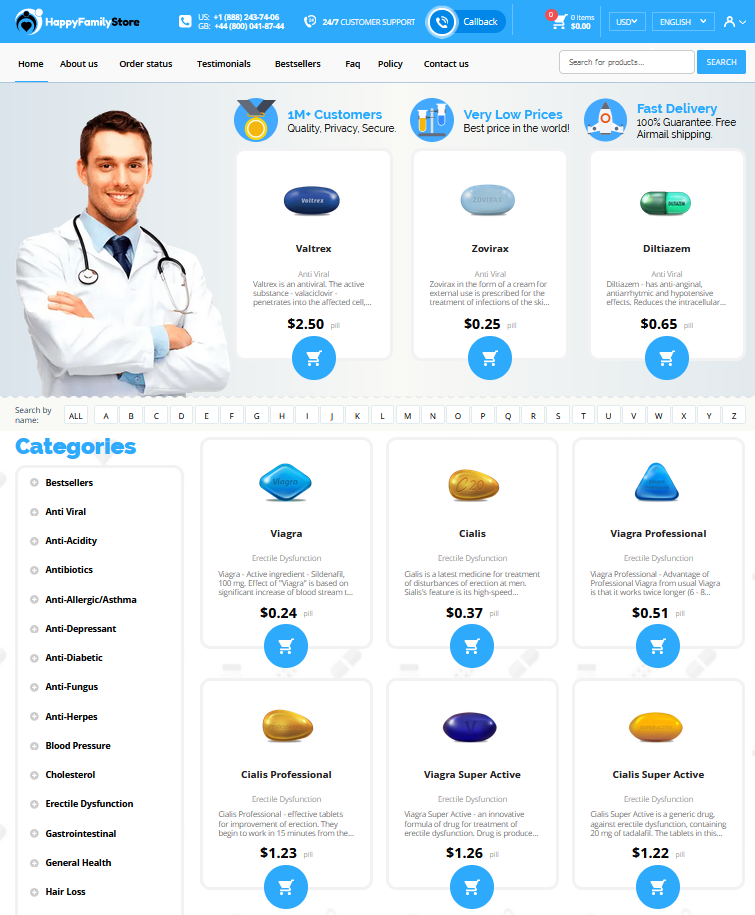To Buy Clindamycin Online Visit Our Pharmacy ↓
Click HERE To Buy Clindamycin Online ↓
 Exploring Clindamycin's Role in Veterinary Medicine
Exploring Clindamycin's Role in Veterinary Medicine
Understanding Clindamycin: an Overview for Veterinarians
Clindamycin, a lincosamide antibiotic, is a cornerstone in veterinary medicine. It's well-recognized for its ability to combat gram-positive bacteria and some protozoa, making it indispensable in small animal practice. Veterinarians appreciate its versatility against various infections, particularly those originating from skin, dental, and soft tissue issues.
Its efficacy extends to treating osteomyelitis and certain anaerobic infections. This antibiotic acts by inhibiting bacterial protein synthesis, leading to bacteriostatic action. Understanding its mobility in tissues and spectrum of activity is crucial for veterinarians seeking effective treatment options.
```html
| Veterinary Uses | Benefits |
|---|---|
| Skin Infections | Effective Against Gram-Positive Bacteria |
| Dental Infections | Good Tissue Penetration |
| Soft Tissue Infections | Versatile Application |
Common Veterinary Conditions Treated with Clindamycin

In the bustling world of veterinary care, clindamycin serves as a versatile tool against a variety of feline and canine ailments. Often prescribed for abscesses, dental infections, and deep tissue infections, its efficacy shines through its targeted approach. For veterinarians, clindamycin's strength lies in treating anaerobic bacteria and certain protozoal infections, such as toxoplasmosis in cats.
This antibiotic is a go-to option when tackling challenging infections that demand more than standard treatment. Soft tissue infections, particularly those involving the skin and gums, are commonly addressed with clindamycin. It also plays a crucial role in combating osteomyelitis, a serious bone infection, providing hope and relief to pets and their owners alike.
Benefits of Clindamycin in Veterinary Applications
Clindamycin plays a significant role in veterinary medicine by offering a range of benefits that extend beyond its antibiotic properties. Veterinarians often rely on it for its effectiveness in targeting a variety of bacterial infections, which is especially crucial in treating conditions that are resistant to other antibiotics. This drug's ability to penetrate tissues efficiently makes it particularly valuable for deep-seated infections, including abscesses and bone infections, where other medications might falter.
Amongst its advantages, clindamycin shows remarkable efficacy in treating skin infections, dental infections, and osteomyelitis in pets, contributing to faster recovery timelines. Its targeted action reduces the need for broad-spectrum antibiotics, minimizing the risk of antimicrobial resistance, a growing concern in both human and animal health sectors. Moreover, clindamycin is accessible in various formulations, such as oral and topical, allowing veterinarians the flexibility to tailor treatment to each pet’s specific needs and conditions.
In addition to its direct health benefits, clindamycin’s versatility streamlines treatment protocols across different species, making it a go-to solution in mixed-animal veterinary practices. Its broad application helps maintain holistic animal health, facilitating not just the resolution of current ailments but also bolstering an animal’s overall resilience to bacterial threats. With a well-established safety profile, clindamycin helps ensure that animals receive the highest standard of care while minimizing side effects and optimizing therapeutic outcomes.
How Clindamycin Works: Mechanism of Action in Animals

In the realm of veterinary medicine, clindamycin operates as a powerhouse against a wide array of bacterial infections in animals. By inhibiting protein synthesis, clindamycin effectively halts bacterial growth, proving invaluable in treating infections caused by anaerobic and gram-positive bacteria. The drug's affinity for ribosomal subunits disrupts essential functions in these pathogens, leading to their demise. Clindamycin's ability to permeate tissues makes it particularly adept at reaching deep-seated infections, ensuring a robust defense against unwanted microbial invaders, securing the health of our beloved animal companions.
Safety and Dosage Considerations for Pets
When administering clindamycin to pets, ensuring their wellbeing starts with understanding the precise dosage requirements. Determining the appropriate dose often depends on the pet's species, weight, and the specific infection being treated. For instance, dogs and cats may receive different dosing regimens based on their unique physiological characteristics. It’s crucial for veterinarians to conduct thorough assessments and tailor prescriptions accordingly, minimizing the risk of side effects while maximizing the therapeutic benefits.
Adverse reactions can occur if clindamycin is given inappropriately. Common issues range from mild gastrointestinal upset to more severe reactions, particularly if the pet has a pre-existing condition affecting the liver or kidneys. Continuous monitoring throughout the treatment process helps ensure safety and allows for timely adjustments to the regimen if necessary.
In practice, communication between pet owners and veterinarians plays a pivotal role. Veterinarians must provide clear instructions on how to administer clindamycin, emphasizing adherence to the prescribed schedule and dosage. Pet owners should observe their pets closely and report any unusual behaviors or side effects promptly. This collaborative approach not only safeguards the pet's health but also enhances the overall effectiveness of clindamycin in treating veterinary ailments.
```html
| Consideration | Details |
|---|---|
| Weight Assessment | Dosage varies based on the pet's weight. |
| Species-Specific Dosing | Different regimens for dogs and cats. |
| Pre-existing Conditions | Adjustments needed for liver or kidney issues. |
Emerging Research and Future Prospects for Clindamycin
As the veterinary field evolves, emerging research into clindamycin's applications reveals promising avenues for its use. Recent studies are exploring its efficacy against resistant bacterial strains, potentially expanding its role beyond current applications. Additionally, researchers are examining clindamycin's potential in treating complex infections, potentially reducing reliance on multiple drug therapies. This forward-thinking research aims to address antibiotic resistance challenges while enhancing treatment options for veterinarians. Looking to the future, advancements in technology and pharmacology may lead to more targeted, effective formulations specifically designed for animal patients, marking a new chapter in veterinary medicine. For more detailed insights, visit NCBI and ScienceDirect.

